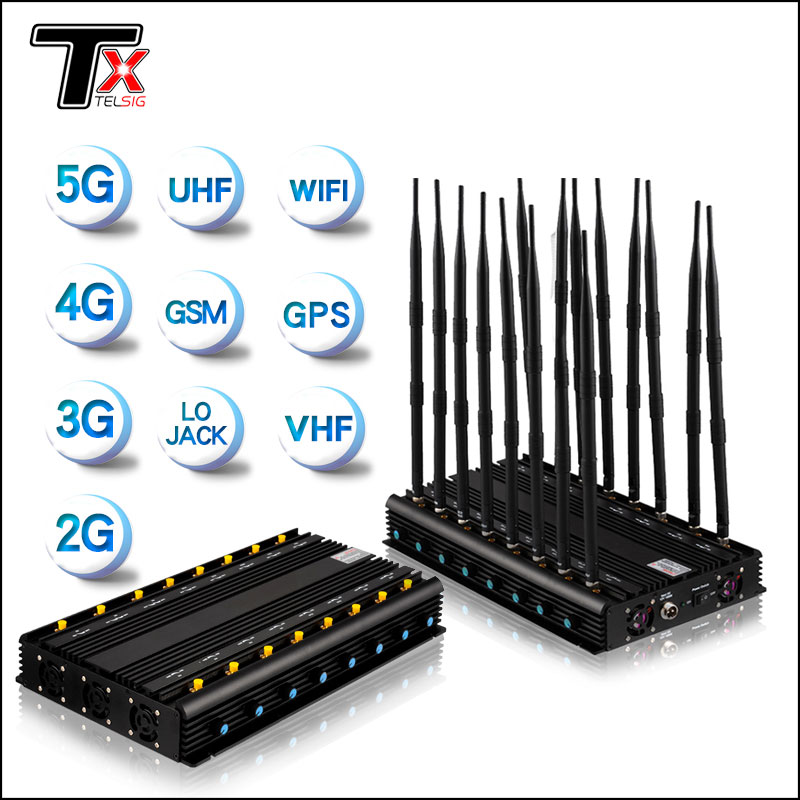What is the range of a jammer device?
2024-06-17
The range of a jammer device can vary widely depending on several factors, including its power output, the frequencies it is designed to jam, the environment in which it is used, and the quality and sensitivity of the devices it is jamming. Here are some key points to consider:

1. Power Output: The higher the power output of the jammer, the greater its potential range. Low-power jammers might only have a range of a few meters, while high-power jammers can potentially disrupt signals over several kilometers.
2. Frequency Range: Different jammers are designed to interfere with different types of signals (e.g., GPS, Wi-Fi, cellular). The range can vary based on the frequency and the efficiency of the jamming technology.
3. Environment: The presence of obstacles like buildings, trees, and terrain can significantly affect the range. In open areas, the range is typically greater compared to urban or heavily wooded environments.
4. Targeted Device Sensitivity: The effectiveness of the jammer also depends on the sensitivity and quality of the devices it aims to disrupt. More sensitive devices may be affected at a greater distance.
### Typical Ranges
- Personal Jammers: These low-power devices are often used to block signals in a small area, like a room or a vehicle. Their range is usually around 5 to 20 meters.
- Portable Jammers: Slightly more powerful, these devices can cover larger areas such as a small building or an auditorium, with ranges typically between 20 to 100 meters.
- High-Power or Military-Grade Jammers: These are used for more extensive coverage and can block signals over several kilometers, sometimes up to 10 kilometers or more in ideal conditions.
It's important to note that the use of jamming devices is regulated and often illegal in many countries due to the potential for interference with critical communications and services. Always check and comply with local laws and regulations regarding the use of such devices.


